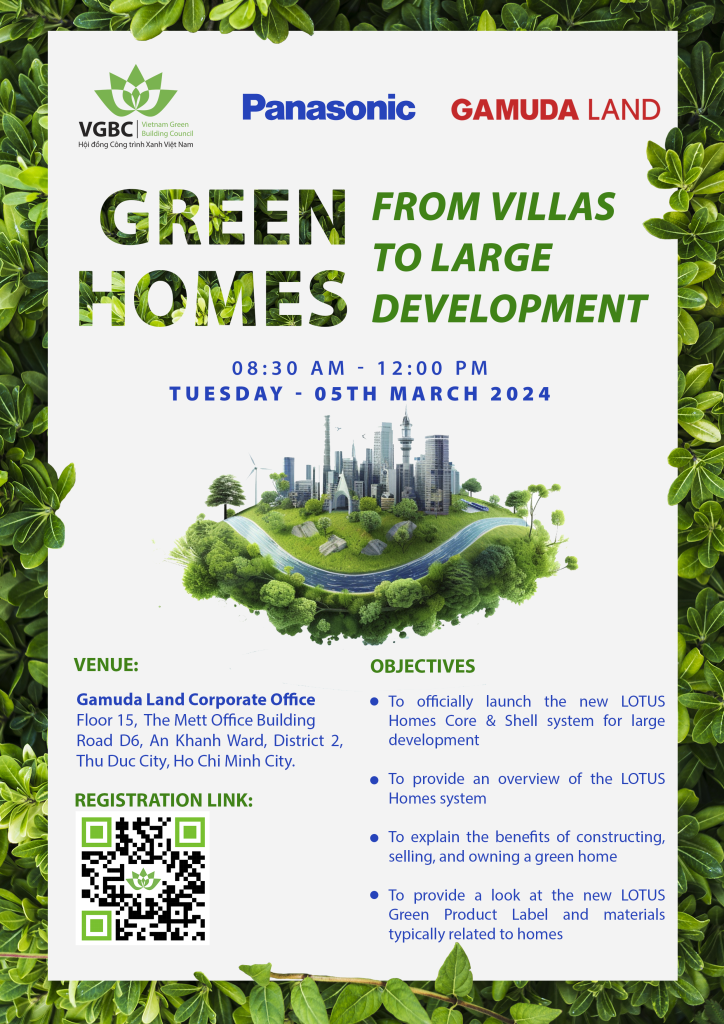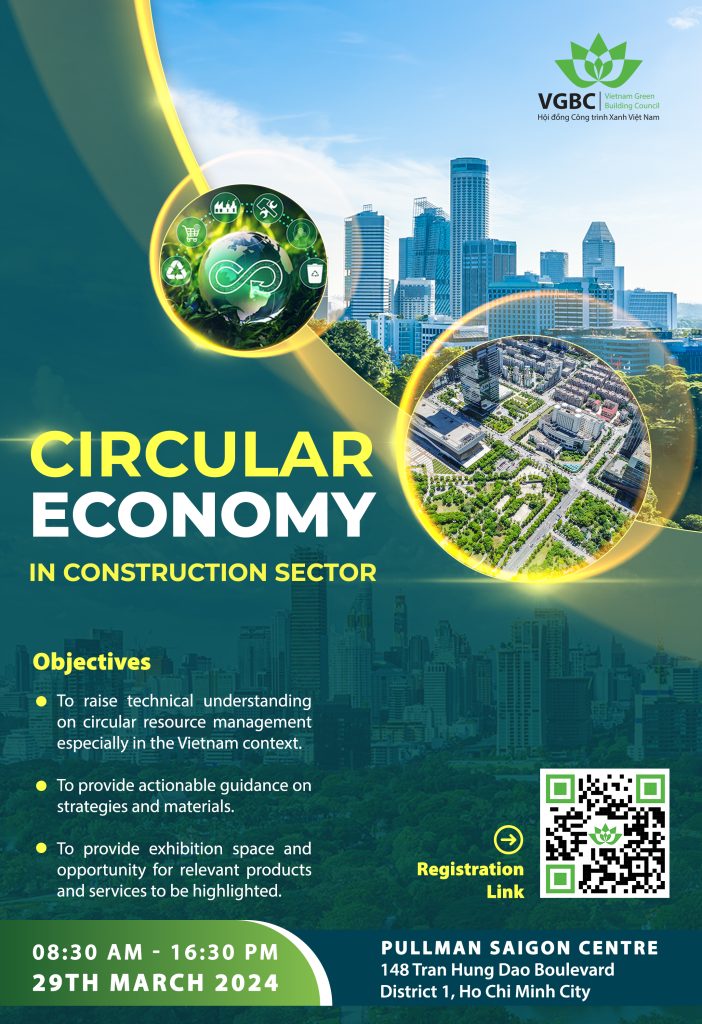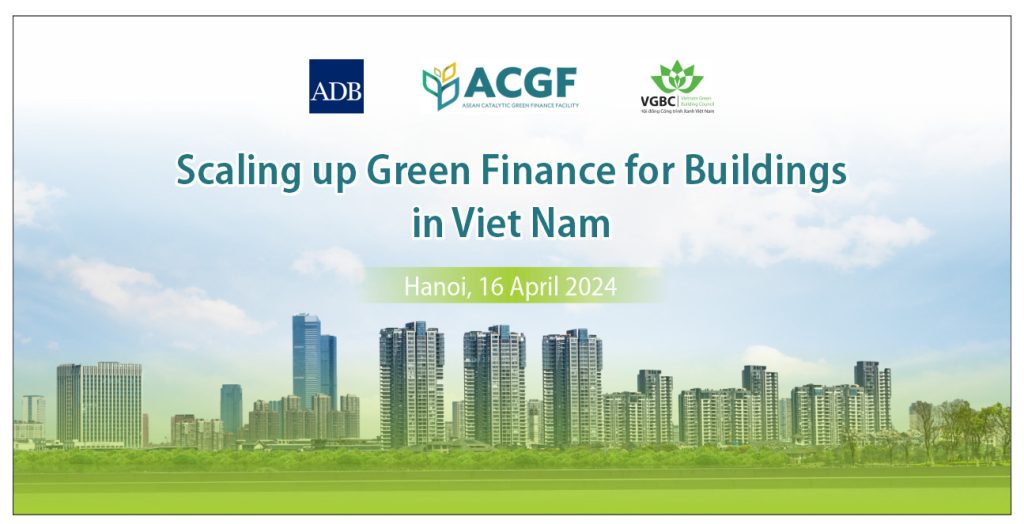Canadian Markets Top CBRE’s Inaugural International Green Building Adoption Index, Reporting Highest Percentage of “Green” Office Space
LOS ANGELES–(BUSINESS WIRE)–Major metropolitan office markets across the globe are seeing a significant increase in the adoption of “green” building certification programs, according to the inaugural International Green Building Adoption Index (IGBAI) – a study by CBRE and Maastricht University (Netherlands). The study reports that 18.6 percent of space in 10 markets across Australia, Canada and Europe is now certified “green” versus just 6.4 percent in 2007.
Canadian cities set the pace, with 51.6 percent of the space in Vancouver and 51.0 percent in Toronto holding “green” certifications. This is particularly notable for Vancouver, as the city has a formal initiative and action plan – “Greenest City 2020” – toward becoming the greenest city in the world by 2020. In Vancouver and Toronto, green building trends will continue to drive both new development and redevelopment of office product. In Vancouver, more than half of the 1.5 million-square feet of product under development is being built to high green certification standards, while much of Toronto’s existing class A product is undergoing intensive capital improvement projects that include upgrades aimed at earning green certifications as well.
Increased demand for more environmentally responsible buildings from governments, corporate tenants and institutional investors has been particularly evident in cities where “green” properties made up virtually no part of the office market just a few years ago. For instance, the Australian cities of Sydney and Melbourne, third and fourth in the index, saw their “green” office square footage increase from less than one percent in 2006 to more than 46 and 28.8 percent, respectively. Additionally, Warsaw’s “green” office market was essentially non-existent as recently as 2010, but now comprises 21.3 percent of space tracked by CBRE.
Even the markets that reported the smallest percentage of green office space relative to their total office property inventory saw noticeable growth. Paris, the largest market in the study, saw green building certifications increase from 0.1 percent in 2007 to 9.1 percent in 2017; while the second largest market, London, went from 0.2 percent in 2010 to 8.7 percent in 2017.
Similarly, Frankfurt reported 17.5 percent green product, up from 1.4 percent in 2009; Stockholm reported 12.6 percent, up from 1.2 percent in 2011; and Amsterdam reported 11 percent, up from 0.1 percent in 2011.
Green properties have outperformed the market in many of these cities. By example:
- In 2017, Australia’s Green Property Index figures demonstrated that on average the total three-year annualized return for “Green Star” six-star rated office buildings was 15.6 percent compared to a 12.8 percent total return for the remainder of the market.
- In the first nine months of 2017, a quarter of Frankfurt’s 4.6 million square feet lease activity was in certified green buildings, including two of the market’s largest lease deals which totaled 151,000 and 75,000 square feet, respectively.
“Buildings, particularly commercial properties, have long been at the forefront of pressing issues like water, waste, and significant energy use and the resultant carbon emissions,” said David Pogue, CBRE’s Senior Vice President, Global Client Care/Sustainability. “As the attention being paid to these issues grows, green building certification programs are becoming much more prevalent and more important to a variety of constituents and stakeholders.”
“Despite the presence of a wide variety of local building certification programs, internationally recognized green building certificates tend to be more widely adopted in the commercial real estate market. Tenants and investors need such standardized measures of environmental performance,” said Dr. Rogier Holtermans, project lead on the International Green Building Adoption Index.
CBRE’s International Green Building Adoption Index is an expansion of the firm’s annual U.S. Green Building Adoption Index, also produced in collaboration with Maastricht University, which details the growth and distribution of “green” buildings in the country’s top 30 office markets. However, there are key differences in the reports. Specifically, in the U.S., “green” office buildings are defined as those that hold either an EPA ENERGY STAR® label, USGBC LEED® certification or both. In the markets studied in the international report, the green certification programs differ from country to country, with some overlap, particularly in the European markets. However, no matter a market’s certification programs, each city studied reported increased adoption of those programs.
The report’s full market findings are as follows:
| Rank | Market | Market Total (Sq. Ft.) |
% of Sq. Ft. Certified | |||
| #1 | Vancouver | 55 MSF | 51.6% | |||
| #2 | Toronto | 49 MSF | 51.0% | |||
| #3 | Sydney | 55 MSF | 46.5% | |||
| #4 | Melbourne | 49 MSF | 28.8% | |||
| #5 | Warsaw | 54 MSF | 21.3% | |||
| #6 | Frankfurt | 118 MSF | 17.5% | |||
| #7 | Stockholm | 124 MSF | 12.6% | |||
| #8 | Amsterdam | 73 MSF | 11.0% | |||
| #9 | Paris | 312 MSF | 9.1% | |||
| #10 | London | 226 MSF | 8.7% |
For additional insights into the ten international markets studied as well as the various green building certification programs tracked, you can download the full report here.
(Source: https://www.businesswire.com/news/home/20180423005097/en/)

 Tiếng Việt
Tiếng Việt





